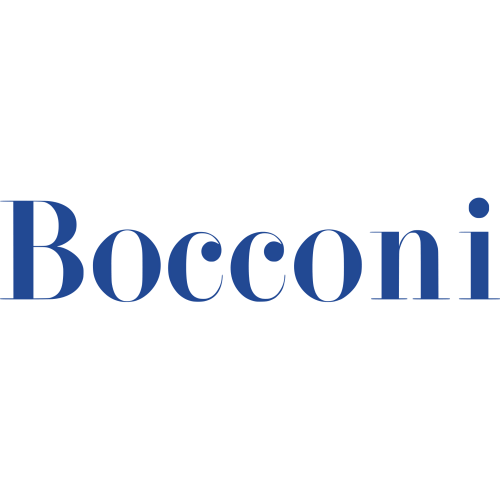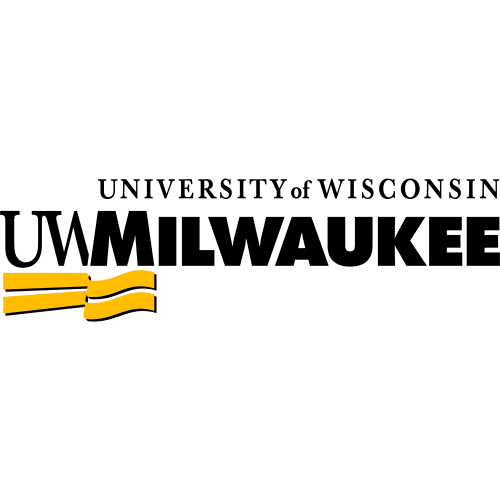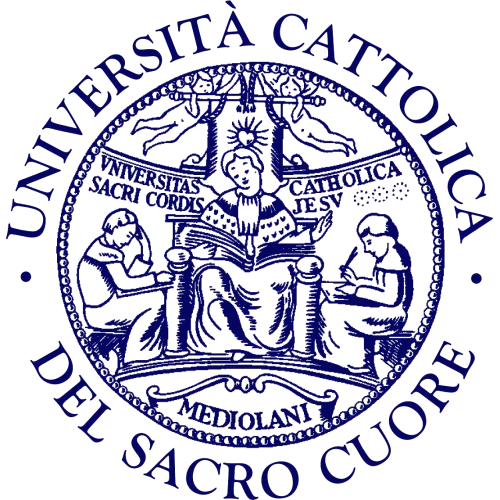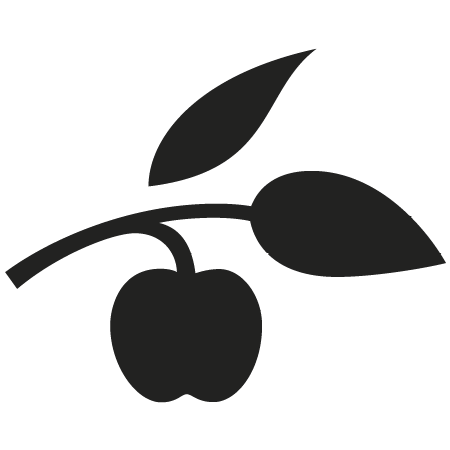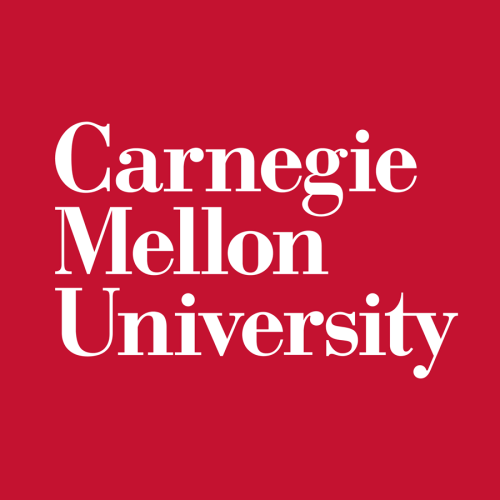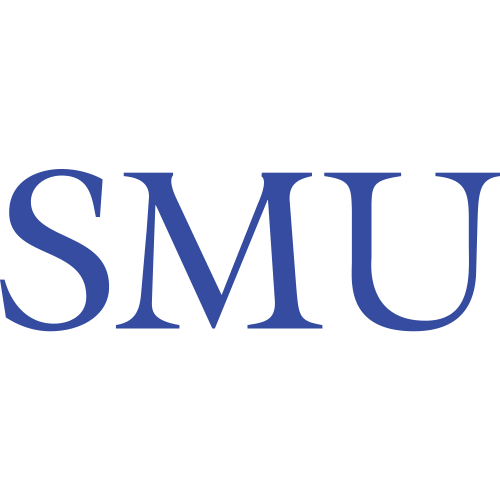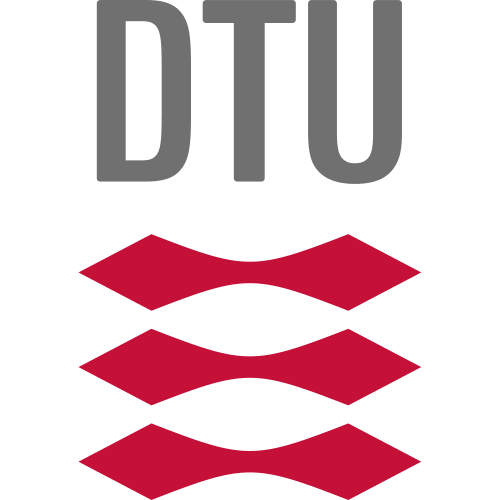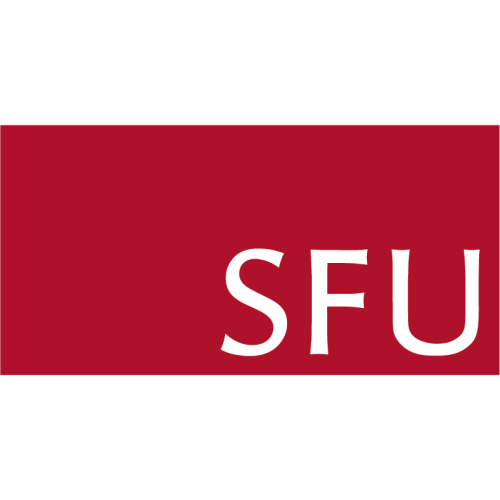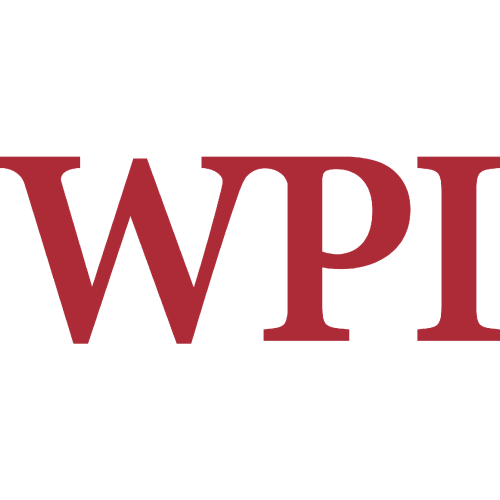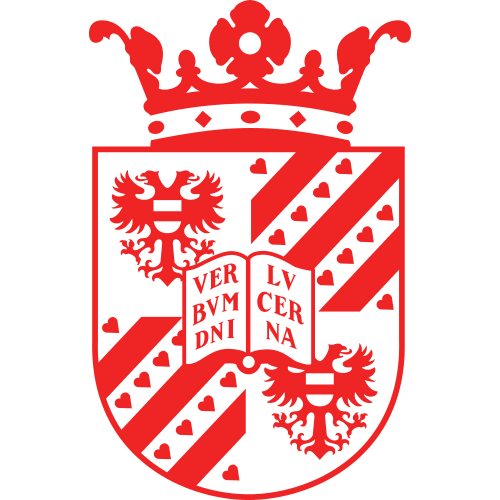Are you a researcher?
Create a profile to get free access to personal recommendations for colleagues and new articles.
SCImago
Q1
WOS
Q1
Impact factor
6.5
SJR
10.393
CiteScore
15.9
Categories
Arts and Humanities (miscellaneous)
Public Administration
Sociology and Political Science
Areas
Arts and Humanities
Social Sciences
Years of issue
1975-1987, 1989-1990, 1993-1994, 1996-2025
journal names
Administrative Science Quarterly
Top-3 citing journals
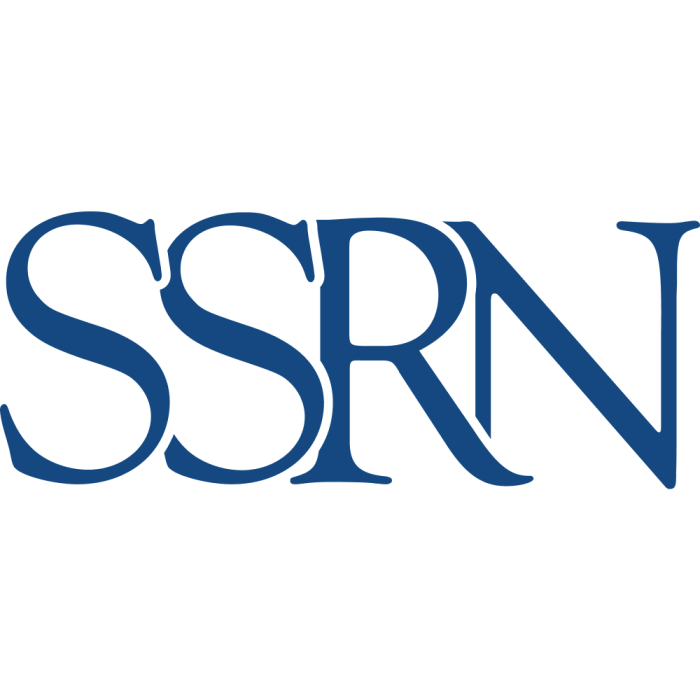
SSRN Electronic Journal
(18334 citations)

Academy of Management Journal
(11787 citations)

Organization Science
(10011 citations)
Top-3 organizations

Harvard University
(62 publications)
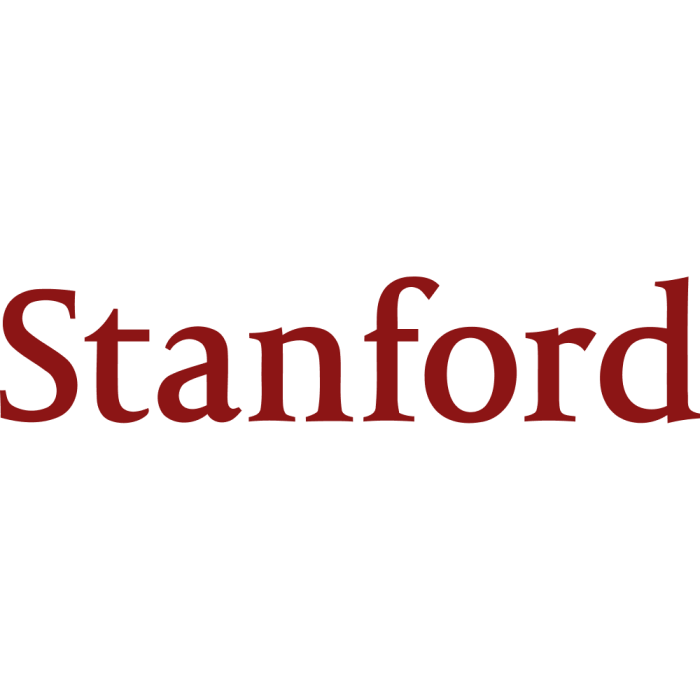
Stanford University
(62 publications)

University of Michigan
(60 publications)

Harvard University
(12 publications)

Stanford University
(7 publications)

University of Pennsylvania
(6 publications)
Top-3 countries
Most cited in 5 years
Found
Nothing found, try to update filter.
Found
Nothing found, try to update filter.
Top-100
Citing journals
Citing publishers
Publishing organizations
Publishing organizations in 5 years
Publishing countries
|
100
200
300
400
500
600
700
800
|
|
|
USA
|
USA, 764, 18.1%
USA
764 publications, 18.1%
|
|
Canada
|
Canada, 82, 1.94%
Canada
82 publications, 1.94%
|
|
United Kingdom
|
United Kingdom, 64, 1.52%
United Kingdom
64 publications, 1.52%
|
|
China
|
China, 26, 0.62%
China
26 publications, 0.62%
|
|
Netherlands
|
Netherlands, 18, 0.43%
Netherlands
18 publications, 0.43%
|
|
France
|
France, 17, 0.4%
France
17 publications, 0.4%
|
|
Italy
|
Italy, 17, 0.4%
Italy
17 publications, 0.4%
|
|
Republic of Korea
|
Republic of Korea, 17, 0.4%
Republic of Korea
17 publications, 0.4%
|
|
Singapore
|
Singapore, 17, 0.4%
Singapore
17 publications, 0.4%
|
|
Australia
|
Australia, 12, 0.28%
Australia
12 publications, 0.28%
|
|
Israel
|
Israel, 10, 0.24%
Israel
10 publications, 0.24%
|
|
Germany
|
Germany, 9, 0.21%
Germany
9 publications, 0.21%
|
|
Denmark
|
Denmark, 9, 0.21%
Denmark
9 publications, 0.21%
|
|
Spain
|
Spain, 9, 0.21%
Spain
9 publications, 0.21%
|
|
Switzerland
|
Switzerland, 9, 0.21%
Switzerland
9 publications, 0.21%
|
|
Georgia
|
Georgia, 7, 0.17%
Georgia
7 publications, 0.17%
|
|
Japan
|
Japan, 7, 0.17%
Japan
7 publications, 0.17%
|
|
Norway
|
Norway, 4, 0.09%
Norway
4 publications, 0.09%
|
|
Finland
|
Finland, 3, 0.07%
Finland
3 publications, 0.07%
|
|
Sweden
|
Sweden, 3, 0.07%
Sweden
3 publications, 0.07%
|
|
Belgium
|
Belgium, 2, 0.05%
Belgium
2 publications, 0.05%
|
|
Iraq
|
Iraq, 2, 0.05%
Iraq
2 publications, 0.05%
|
|
New Zealand
|
New Zealand, 2, 0.05%
New Zealand
2 publications, 0.05%
|
|
Austria
|
Austria, 1, 0.02%
Austria
1 publication, 0.02%
|
|
Hungary
|
Hungary, 1, 0.02%
Hungary
1 publication, 0.02%
|
|
Ghana
|
Ghana, 1, 0.02%
Ghana
1 publication, 0.02%
|
|
India
|
India, 1, 0.02%
India
1 publication, 0.02%
|
|
Ireland
|
Ireland, 1, 0.02%
Ireland
1 publication, 0.02%
|
|
Philippines
|
Philippines, 1, 0.02%
Philippines
1 publication, 0.02%
|
|
100
200
300
400
500
600
700
800
|
Publishing countries in 5 years
|
10
20
30
40
50
60
70
80
90
|
|
|
USA
|
USA, 85, 27.24%
USA
85 publications, 27.24%
|
|
United Kingdom
|
United Kingdom, 14, 4.49%
United Kingdom
14 publications, 4.49%
|
|
Canada
|
Canada, 12, 3.85%
Canada
12 publications, 3.85%
|
|
China
|
China, 9, 2.88%
China
9 publications, 2.88%
|
|
Italy
|
Italy, 6, 1.92%
Italy
6 publications, 1.92%
|
|
Switzerland
|
Switzerland, 5, 1.6%
Switzerland
5 publications, 1.6%
|
|
Denmark
|
Denmark, 4, 1.28%
Denmark
4 publications, 1.28%
|
|
Netherlands
|
Netherlands, 4, 1.28%
Netherlands
4 publications, 1.28%
|
|
France
|
France, 3, 0.96%
France
3 publications, 0.96%
|
|
Germany
|
Germany, 2, 0.64%
Germany
2 publications, 0.64%
|
|
Israel
|
Israel, 2, 0.64%
Israel
2 publications, 0.64%
|
|
Spain
|
Spain, 2, 0.64%
Spain
2 publications, 0.64%
|
|
Republic of Korea
|
Republic of Korea, 2, 0.64%
Republic of Korea
2 publications, 0.64%
|
|
Singapore
|
Singapore, 2, 0.64%
Singapore
2 publications, 0.64%
|
|
Australia
|
Australia, 1, 0.32%
Australia
1 publication, 0.32%
|
|
India
|
India, 1, 0.32%
India
1 publication, 0.32%
|
|
Ireland
|
Ireland, 1, 0.32%
Ireland
1 publication, 0.32%
|
|
Finland
|
Finland, 1, 0.32%
Finland
1 publication, 0.32%
|
|
10
20
30
40
50
60
70
80
90
|



























































































































